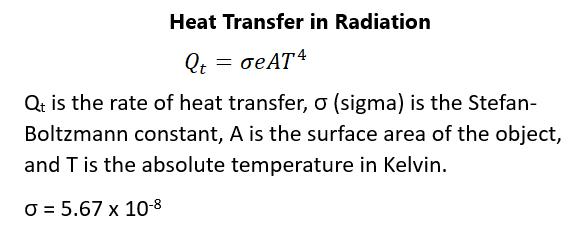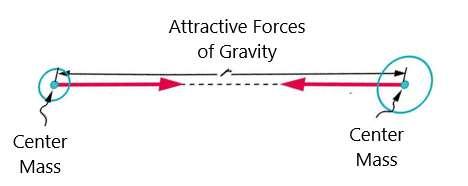squared. If the angular velocity increases, the angular acceleration is positive; if the angular velocity decreases, then the angular acceleration is negative. The important thing to know, for example, with tires on the ground, is the linear acceleration and linear velocity. Remember that the linear velocity is tangent to the circle at the point of interest. This means that linear acceleration, is referred to as tangential acceleration. Centripetal acceleration, which is in the direction of the center of the circle, is perpendicular to the tangential acceleration. They are independent of one another. Tangential acceleration is directly related to the angular acceleration and is related to an increase or decrease in velocity but not necessarily its direction. If you’ll remember, linear acceleration is proportional to a change in the magnitude of the velocity; with circular motion, linear velocity equals the radius times the angular velocity. What you need to know is that tangential acceleration is equal to the radius times the angular acceleration and this means that angular acceleration is the tangential acceleration divided by the radius.
ROTATIONAL MOTION Let’s look at the kinematics of rotational motion. This involves finding the relationships between the angular velocity, angular acceleration, and time. Remember that, in linear motion, the velocity is equal to the initial velocity plus the acceleration multiplied by time. If the linear velocity is equal to the angular velocity times the radius and the tangential acceleration is equal to the radius times the angular acceleration. This means that angular velocity equals the initial angular velocity plus the angular acceleration multiplied by the time. The radius cancels out of the equation. Figure 51 describes these equations:
114




































































